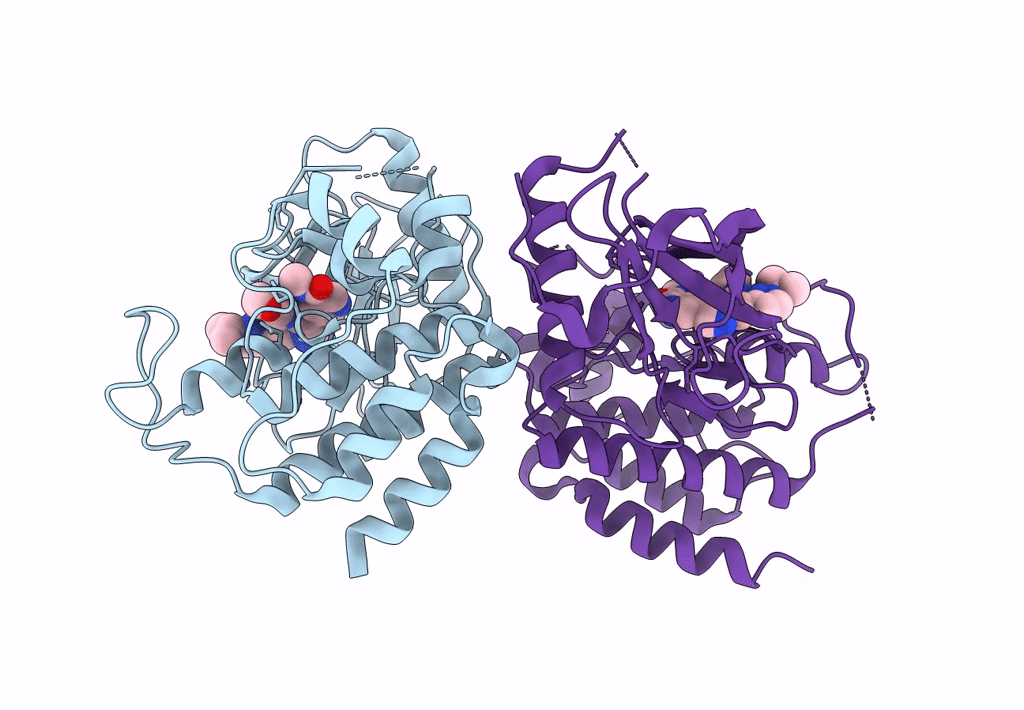
Deposition Date
2022-08-11
Release Date
2022-11-23
Last Version Date
2024-11-20
Entry Detail
PDB ID:
8E1X
Keywords:
Title:
FGFR2 kinase domain in complex with a Pyrazolo[1,5-a]pyrimidine analog (Compound 29)
Biological Source:
Source Organism:
Homo sapiens (Taxon ID: 9606)
Host Organism:
Method Details:
Experimental Method:
Resolution:
2.68 Å
R-Value Free:
0.27
R-Value Work:
0.22
R-Value Observed:
0.22
Space Group:
P 21 21 21


